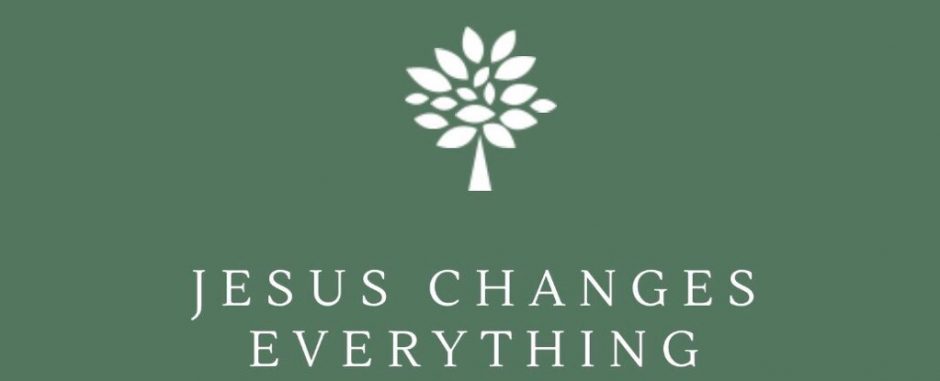
Pop culture is a sanitizing force. No, it doesn’t make the world a cleaner place. It just makes us all the more the same. We are a world awash in golden arches, swooshes, and the real thing. Because people in Maine stream the same television shows, listen to the same radio programs, and use the same social media as folks in Oklahoma, we are losing not only our national distinctives, but our regional distinctives. Our language is becoming homogenized, and our accents are going the way of the dodo bird.
Local cultures, however, fight back from time to time. Southern culture, and more widely, rural culture, as a whole fits that bill. I’ve been a transplant to the south, having been born and raised just north of the Mason-Dixon line. But whatever faults southern culture might be guilty of, one can’t escape its charms.
Consider the different ways one receives directions. In the Midwest, where the land is flat, you will be told to follow this road this many miles, and then turn east. You’ll turn north again after the next light, and what you’re looking for will be on the south side of the road. For those of us who grew up amidst rivers and mountains, and twisting, turning roads, such is pure gobbledygook. Where I grew up you told people which roads one should turn left or right on, and that was it.
In the south, however, the whole process is different. “You come up on the Kinderhook farm …” (and here we pay close attention, because we must turn soon) “…and you go right past that. Not long after you’ll pass Barnrock church. Just keep going. When you get to Nordyke road, you’ll see a log cabin up on the hill. That belongs to the Kisers. Keep going straight.” Directions, to the southerner, aren’t instructions in how to get from place to place, but a travelogue about the journey, and an introduction to all of the neighbors.
My conviction is that this strange reality is an expression of a stranger, more hidden reality. People in the country don’t see places as means of travel, but as the setting of their lives. The farms and the rivers and all the other landmarks aren’t places to turn, but places to return to our past, our roots, our broader community. In such cultures it is easier to remember that what we are is bigger than ourselves.
Which may help explain America’s Bible belt. Some cultural patterns make the Gospel easier to grasp, others make it harder. A culture where fathers are largely absent and irresponsible, for instance, is one that will find it hard to understand the love of our heavenly Father. In turn, a culture given to extreme individualism is one in which one man living and dying for another just doesn’t make sense. A culture where one’s identity is more corporate than singular is one that can in turn identify with a substitutionary atonement.
Such is not to argue for the superiority of rural culture to city culture. Both have weaknesses and both have strengths. That our culture tends to put up roadblocks to our faith doesn’t mean, however, that we devise detours. That some subcultures lack many loving fathers doesn’t mean we change the message that God so loved the world, that He gave His only begotten Son. And that His life for ours is a puzzle to our insulated world doesn’t change the fact that He gave His life for ours.
We do not contextualize our message, but contextualize the culture. That is, we are about the business of building a culture, a kingdom, where, though it is foolishness to the Greeks, and a stumbling block to the Jews, the death on the cross is for us the power of God unto salvation. We have a message that creates a new culture, and will change that message for no one.
The cross of Christ is our landmark, our direction, and the very context of our lives. It is where we have come from, where we are heading, and what attends us along the way. Christ died for sinners, wherever they may live, whatever their cultural distinctives. What never changes is our most sacred faith: Christ has died, Christ is risen, and Christ will come again.
